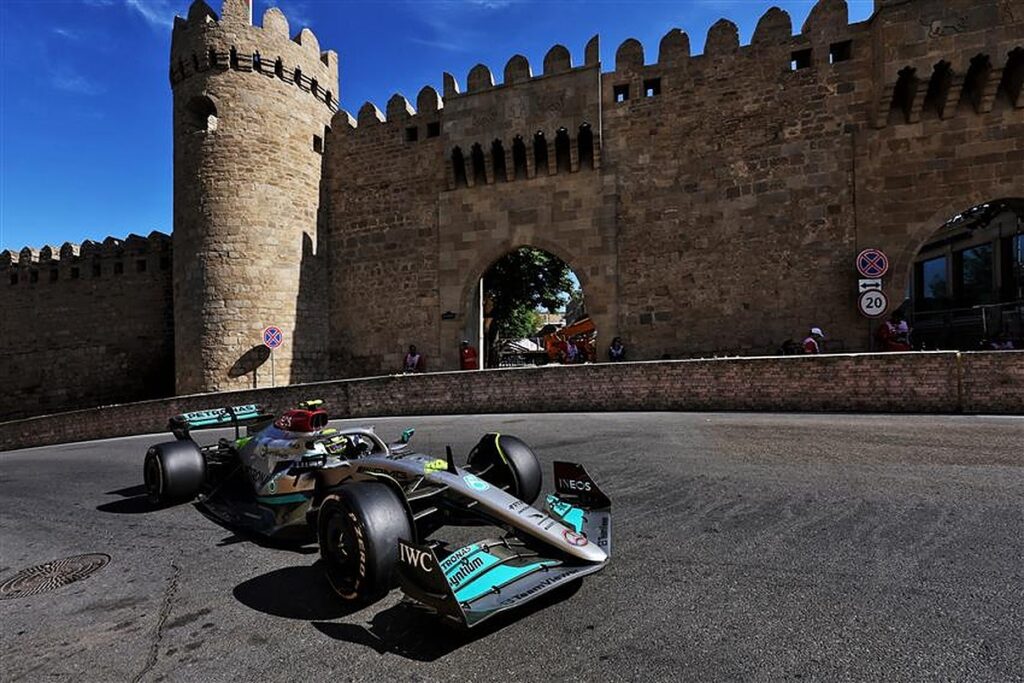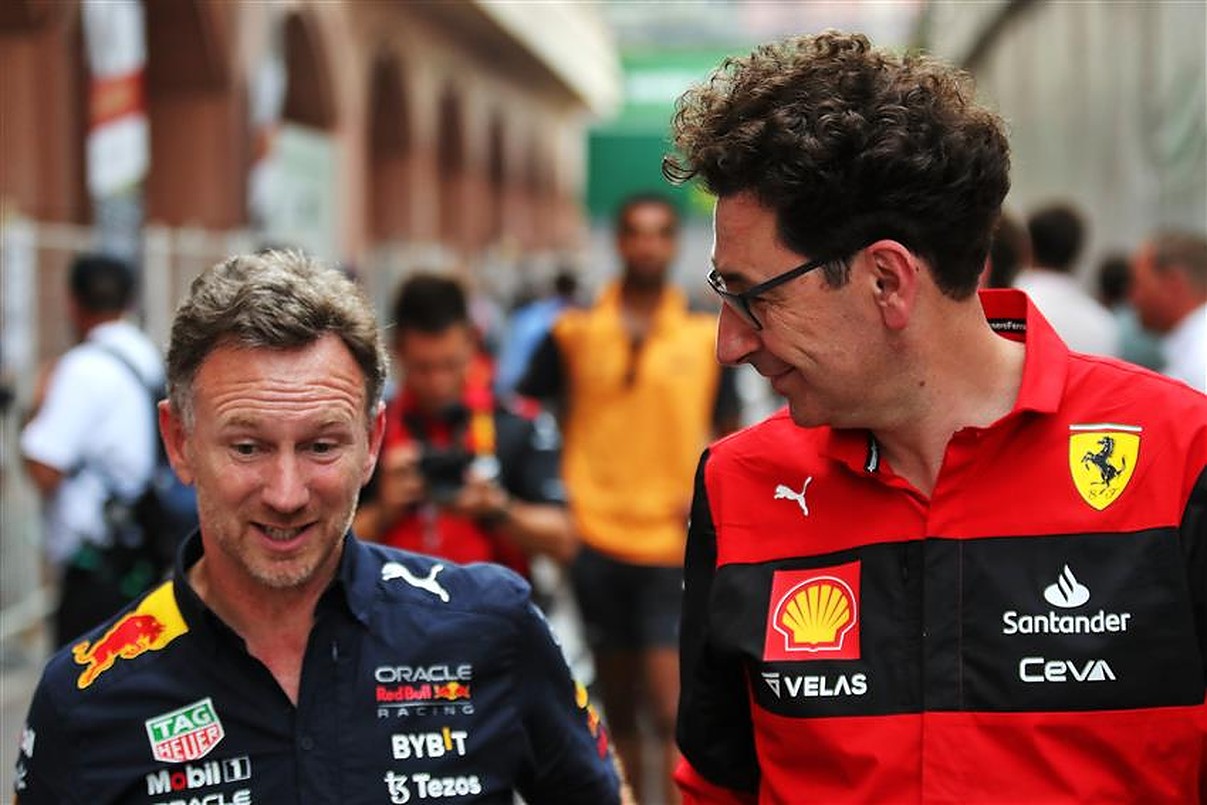When the new technical regulations were introduced at the beginning if 2022, both managing director and CEO of Formula 1, Ross Brawn and Stefano Domenicali, predicted that some of the teams would endeavour to find loopholes to exploit.
It appears that this may be what has happened in the current legislation, and it surrounds the floor and the plank.
Ferrari and Red Bull have been struggling a lot less than Mercedes this season in terms of “porpoising” and bouncing, with the Silver Arrows have been losing a lot of lap time as a result.
It got to the point where it was becoming a safety concern for Sir Lewis Hamilton and George Russell, so the FIA took action ahead of the Canadian Grand Prix.
They introduced a technical directive that brought about a metric whereby they can decipher which teams are bouncing excessively.

READ: ‘It won’t be an easy choice’: Zhou has given Alfa Romeo a ‘luxury problem’
Any team that is encountering dangerous levels of oscillation will, as of the French Grand Prix, be asked to raise the ride height of their cars.
In order to set a limit, the governing body took measurements of the cars in Montreal to establish whose car is oscillating the most, and what level is acceptable before it becomes unsafe to run.
Within the regulations is a ruling that two specified areas of the plank – as well as the floor itself – are not allowed to flex more than 2mm under a given amount of pressure.
This is according to 3.15.8 of the technical regulations, but the back of the plank around the seating area of the driver is not directly discussed.
Ferrari and Red Bull have, reportedly, been using this to their advantage by essentially providing more stability on the plank for their drivers by deflecting more than 2mm, allowing them to traverse straights and corners with less bouncing.
However, this is not strictly illegal, because the regulations do not technically prohibit it.
This will not be allowed at the French Grand Prix when the directive is enforced, and Mercedes boss Toto Wolff spoke of his surprise that this technique was being used.
“Nobody had an idea until the FIA brought it up in the last Technical Advisory Committee,” the Austrian said in an interview with the Race.
“Which was to a great surprise of all the teams because what’s in the regulations, and what was the intent of the regulations, it’s pretty clear.
“There is no argument why that could deflect more than what’s in the regs. A bit of a surprise to say the least, more of a shocker.”
READ: Horner comments on ‘demon’ Sainz after Verstappen gets caught out
Trackside engineer Andrew Shovlin added that, due to the fact that the leading two teams will have to change their plank setup in a few weeks, the Silver Arrows may be brought back into play.
“When it came to light, we realised there are opportunities that we’ve perhaps not been taking or exploiting,” he added.
“So, it won’t affect us in how we run our car. It may well be it affects our competitors and by virtue of that we move a little bit closer.”
Red Bull boss Christian Horner affirmed in Canada that there should have been a “consultation” process before introducing the new directive, while Ferrari team principal Mattia Binotto said that the directive is not “applicable” to its influence on the regulations.
The feeling in the Red Bull camps is that, having mastered the regulations and built a better car, the FIA are doing Mercedes’ job for them by pegging the leaders back.
It reportedly led to a “heated” debate between Wolff and Binotto in Montreal as the team bosses tried to strike a balance between performance and safety, but one thing is for certain: it will be fascinating to see how Ferrari and Red Bull perform if and when their planks are adjusted at the French Grand Prix.

